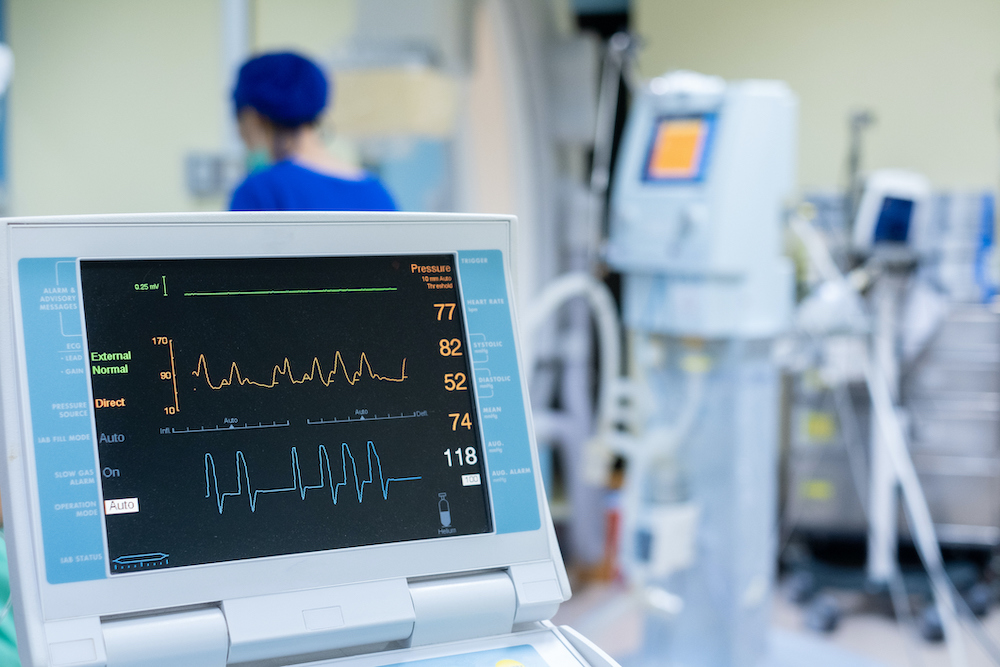Much like the mobile devices we carry in our pockets, modern medical devices have become smaller and smarter. And it makes sense in a time when demands for data and convenience are higher than ever before.
Still, medical devices are just that — devices — and failure is always a possibility. While the optimal design of a medical device combats potential failure, it’s also important to think about how medical device storage conditions factor into the bigger picture.
If a device is exposed to extreme temperature or humidity variations in transit to a hospital, is its packaging prepared to withstand these external stressors? And what about if the packaging is mishandled or dropped along the way — will the medical device crack under the pressure?
With the right approach to medical device packaging, you can provide quality devices with the quality protection they need in transit and upon arrival to their destination site.
Keep Medical Devices Safe with the Right Packaging Measures
The Right Materials
With the emphasis around sterility in the medical industry, medical device packaging must be made of material that is resistant to bacteria. But at the same time, it must also be able to hold up in the face of other stresses like impact, UV rays, and moisture (to name a few examples).
Ethylene-vinyl acetate (or EVA for short) is a prime example of a material that checks all these boxes. While lightweight and soft to the touch, EVA remains highly durable under stress. Whether it’s exposure to chemicals in a hospital setting or extreme temperatures in transit, this material supports safe medical device storage conditions.
The Right Manufacturing Techniques
The choice of manufacturing techniques for medical device packaging is not just a matter of cost. It’s a question of how to achieve the closest tolerances and most seamless construction, as this will help to further extend the medical device’s shelf life.
Let’s say you’re in the market for a rugged medical device package that is lightweight, resilient, and available in a variety of colors. In terms of manufacturing techniques, both injection molding and roto molding would be viable options to bring this package to life. But if the application calls for thick corners to increase impact resistance or greater interior flexibility for total protection, it’s the latter that is likely to be the better fit for optimal medical device storage conditions.
The Right Quality Assurance Testing
It’s one thing to design and manufacture your medical device packaging to stand up to harsh environmental conditions. It’s another to be able to verify that’s the case — before you learn the hard way that it’s not.
While testing standards vary based on the type of medical device, there are general standards in place to demonstrate that the packaging is resistant to environmental factors that could harm the sterility of the device — whether it’s vibrations, drops, extreme temperatures, or humidity. Pre-qualification tests early on in the packaging development process can help to identify issues that might otherwise cause delays down the road.
CBS Can Assist with Your Medical Device Packaging Needs
As a designer and manufacturer of medical device storage cases, Cases By Source combines the right materials, manufacturing techniques, and quality assurance standards to achieve the ideal end result for customers. With years of experience working with medical device manufacturers, we understand the ins and outs of medical device storage conditions and how to best keep your products safe wherever they’re stored. Connect with us to discuss your packaging needs!








Leave a Comment